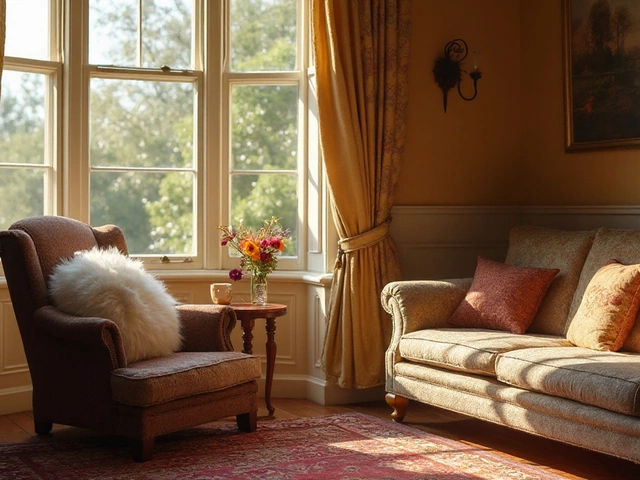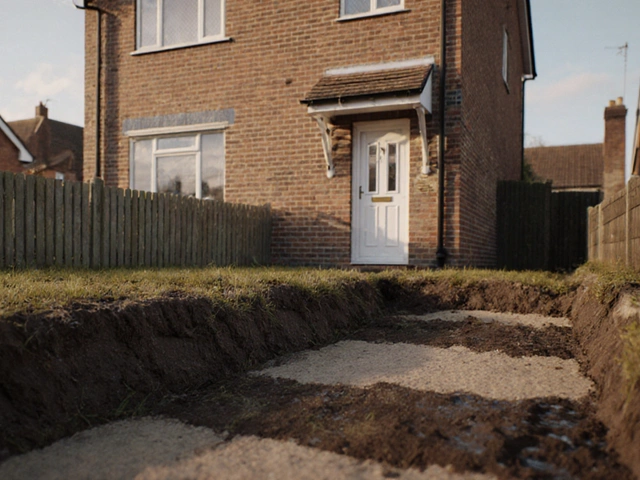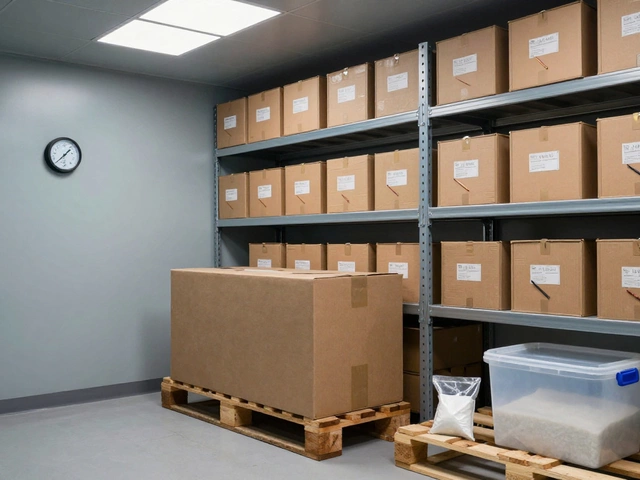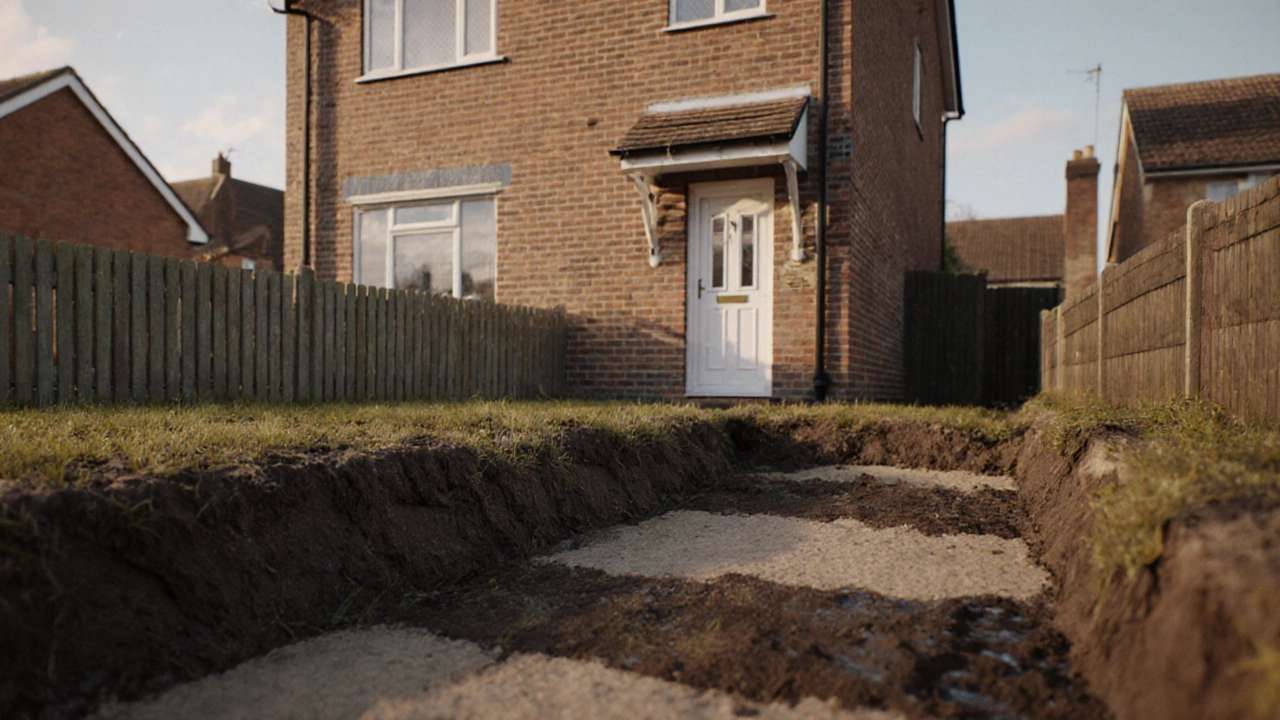
Settlement Risk Assessment Tool
Check Symptoms
Select all symptoms you're experiencing. This tool will assess your settlement risk level and recommend next steps.
Settlement Risk Assessment
Select symptoms to see your risk level
If you’re wondering whether house settlement can still occur after two decades, the short answer is yes. Even a well‑built new build can shift years after you move in, and understanding why helps you spot problems early.
What is House Settlement?
House settlement is the gradual movement of a residential structure’s foundation caused by soil changes, moisture fluctuations, or construction factors. It’s not a sudden collapse; it’s a slow, often invisible shift that can become visible when cracks appear or doors start jamming.
Why Settlement Can Happen After 20 Years
Many homeowners assume that once a house has “settled” during its first few years, the process stops. In reality, settlement is tied to the ground beneath the home, and the ground never truly stops changing.
- Soil bearing capacity can decrease over time if organic material decomposes or if the soil dries out and shrinks.
- Climate patterns shift, bringing longer dry spells or heavier rains, which cause moisture movement in the subgrade.
- Older foundations-especially those built with early‑era concrete mixes-can lose strength, making them more susceptible to differential settlement.
Even a post‑tensioned slab from a 2005 build can experience subtle shifts if the underlying clay expands in a wet winter or contracts during a hot summer.
Common Signs After Two Decades
When settlement shows up late, the clues are often subtle but easy to notice:
- Hair‑line cracks in interior plaster or exterior brick that follow a stair‑step pattern.
- Doors and windows that stick on one side but swing freely on the other.
- Uneven floorboards, especially noticeable when rolling a marble across a hardwood surface.
- Gaps appearing around exterior trim or at the top of interior baseboards.
If you spot two or more of these symptoms, it’s time to call a foundation specialist.
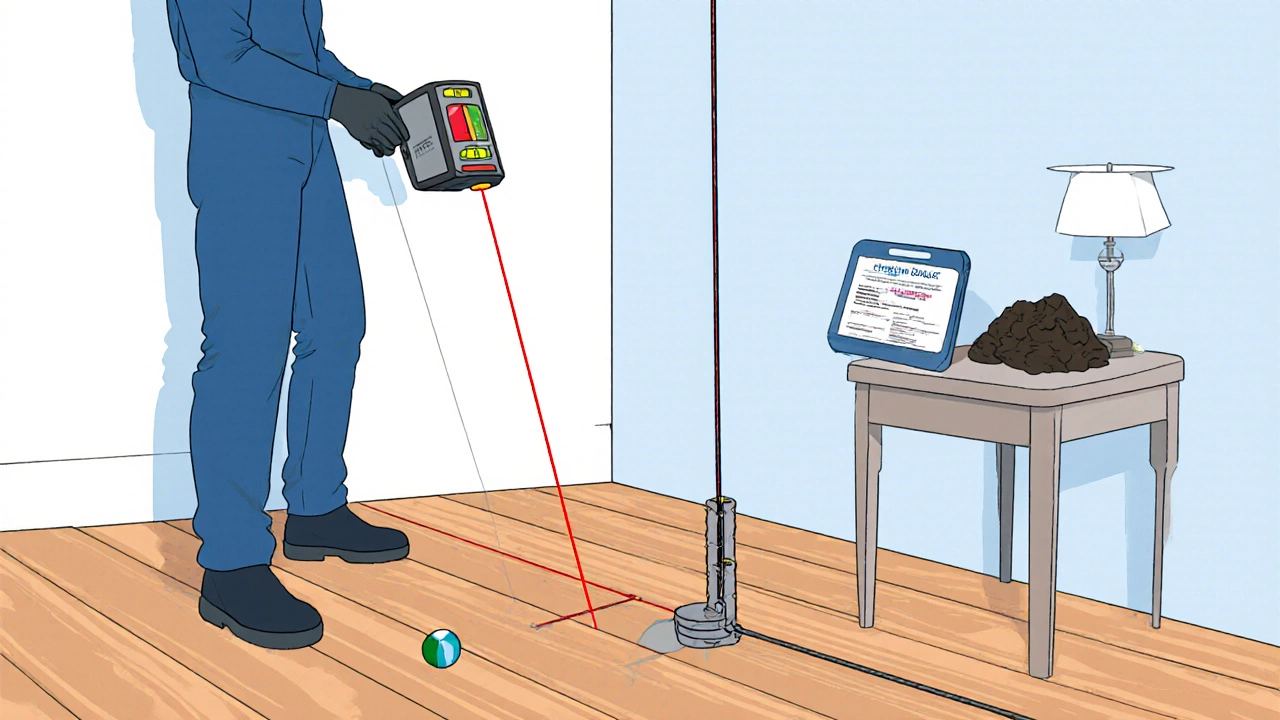
How Professionals Diagnose Long‑Term Settlement
The inspection process blends simple observations with precise measurements:
- Level‑board survey: A laser level or digital level is placed at several points across each floor to detect millimeter‑scale dips.
- Plumb line test: A weighted line hung from a fixed ceiling point reveals vertical deviation in wall studs.
- Soil analysis: Boreholes extract samples to evaluate moisture content and compressibility.
- Foundation inspection: Using a borescope, contractors examine the footing for cracks or corrosion.
These data points feed into a structural engineer’s report, which outlines the cause-whether it’s shrinking clay, hydrostatic pressure, or a compromised slab.
Repair Options for Homes Over 20 Years Old
Once the cause is clear, several proven methods can halt further movement and restore level floors.
| Method | Typical Use | Cost Range (USD) | Installation Time | Effectiveness for Long‑Term Settlement |
|---|---|---|---|---|
| Underpinning | Deeply sinking footings for extensive settlement | 8,000-25,000 | 2-4 weeks | Very high |
| Pier and beam installation (Pier and beam foundation) | Replacing or supplementing slab foundations | 6,000-20,000 | 1-3 weeks | High |
| Slabjacking (Slabjacking) | Raising settled concrete slabs | 1,500-5,000 | 1-2 days | Moderate-high |
| Grout injection | Filling cracks in masonry or concrete footings | 500-2,500 | Same day | Moderate |
Choosing the right method depends on the severity of movement, the foundation type, and budget. Underpinning offers the most permanent solution for severe, ongoing settlement, while slabjacking is a fast, cost‑effective fix for isolated dip spots.
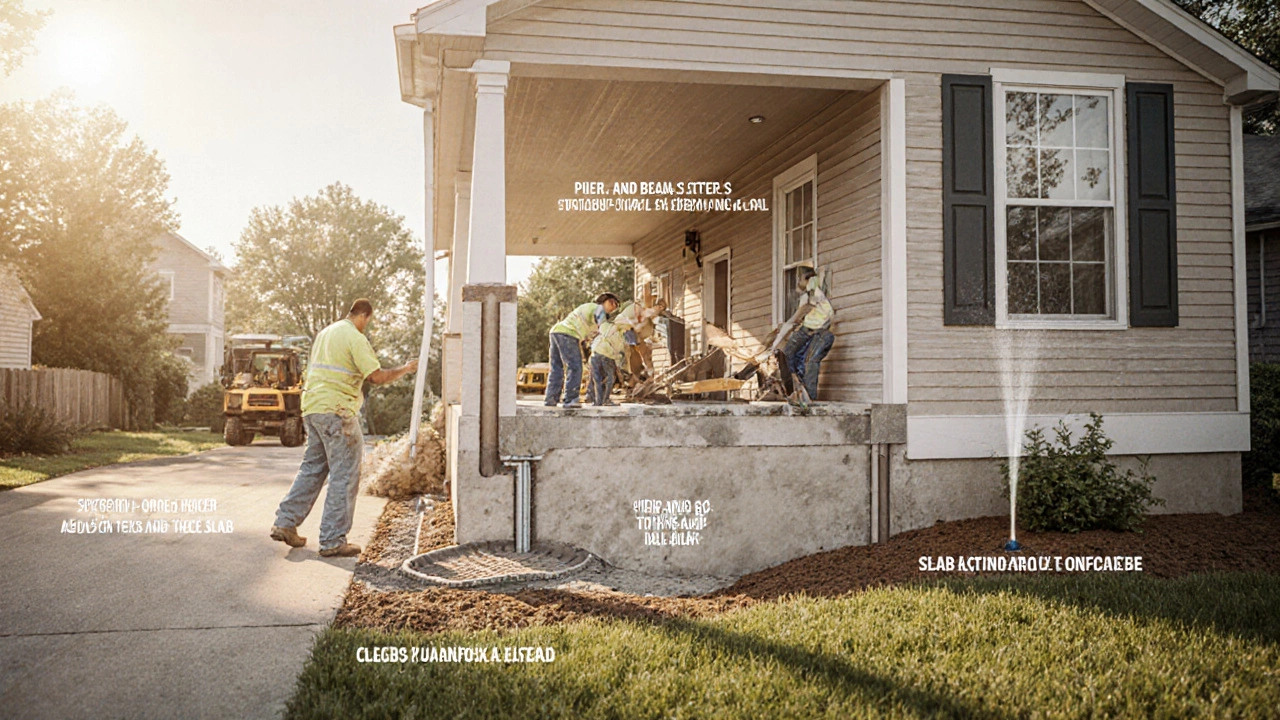
Preventive Measures for New Builds (and for Older Homes)
Even after a repair, it’s wise to adopt habits that limit future settlement:
- Maintain consistent soil moisture around the foundation; avoid over‑watering the lawn or letting the ground dry out completely.
- Install expansion joints in large concrete slabs to accommodate minor movement.
- Use engineered fill beneath footings to improve soil bearing capacity in weak zones.
- Schedule annual inspections, especially after extreme weather events.
These steps help keep the foundation stable for the next 30 years and beyond.
Quick Checklist for Homeowners
- Notice any new cracks or door/window sticking? → Call a specialist.
- Measure floor level with a laser level before and after rainstorms.
- Check the yard’s grading; water should flow away from the house.
- Keep gutters clean to prevent water saturation near footings.
- Document any repairs with photos and contractor reports for future resale.
Frequently Asked Questions
Can settlement cause major structural damage?
Yes, if left unchecked settlement can lead to uneven load distribution, causing walls to bow, floors to sag, and in extreme cases, foundation failure.
Is settlement after 20 years normal?
While most movement occurs in the first few years, additional settlement can happen later due to soil moisture cycles, foundation degradation, or nearby construction activity.
How much does underpinning typically cost?
For a standard single‑family home, underpinning projects usually range from $8,000 to $25,000, depending on depth, soil conditions, and local labor rates.
Can I DIY slabjacking?
Because slabjacking involves injecting a cement‑based material under load‑bearing concrete, it’s best left to licensed contractors who have the proper equipment and knowledge of local building codes.
What maintenance routine helps prevent future settlement?
Keep the ground around the foundation evenly moist, ensure proper drainage, inspect gutters regularly, and schedule a professional foundation check every 3-5 years.
